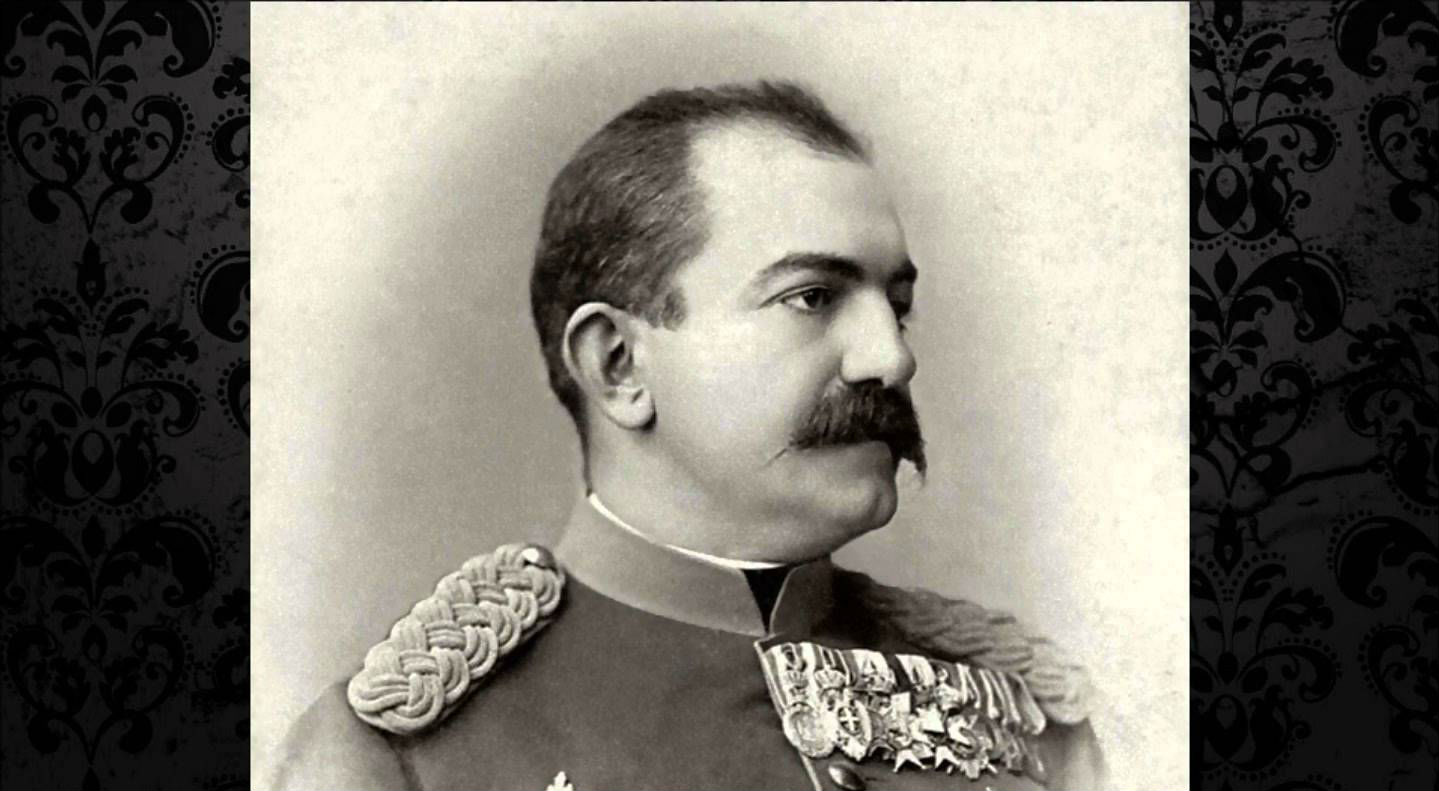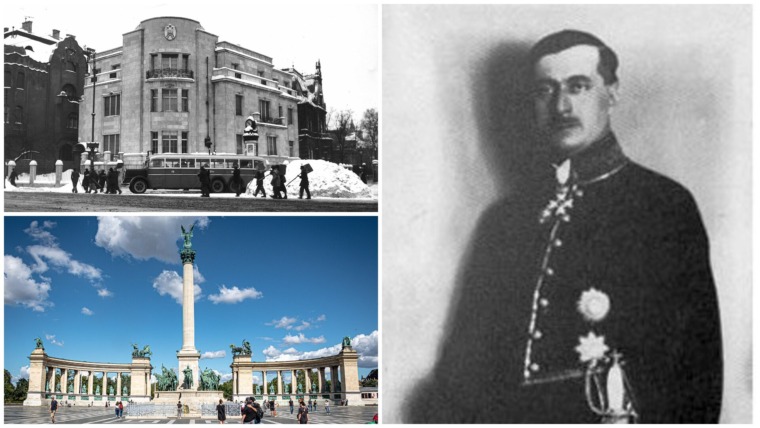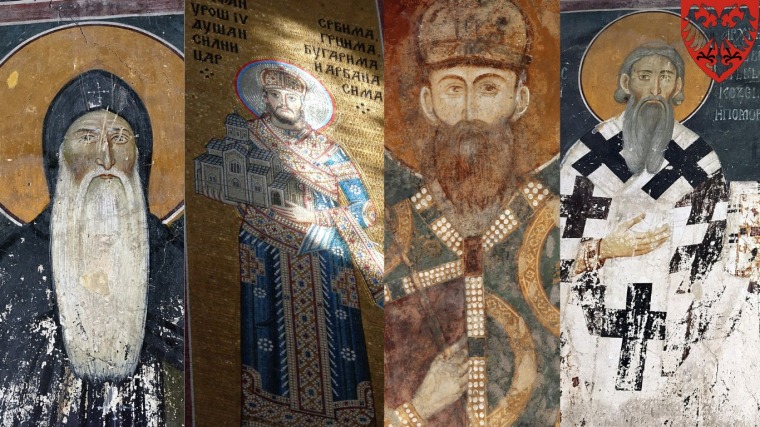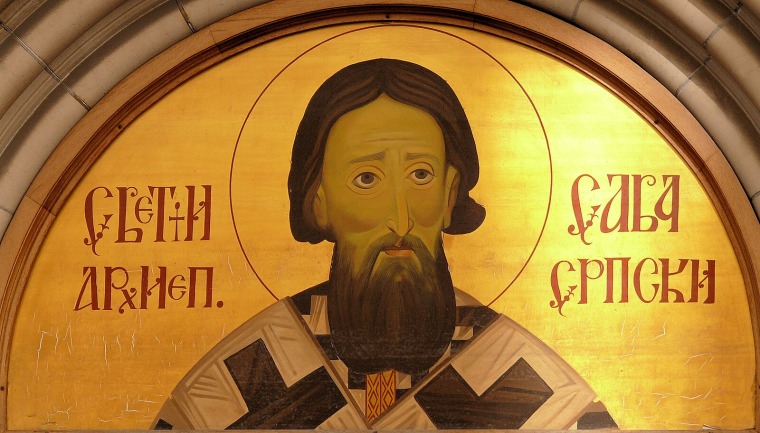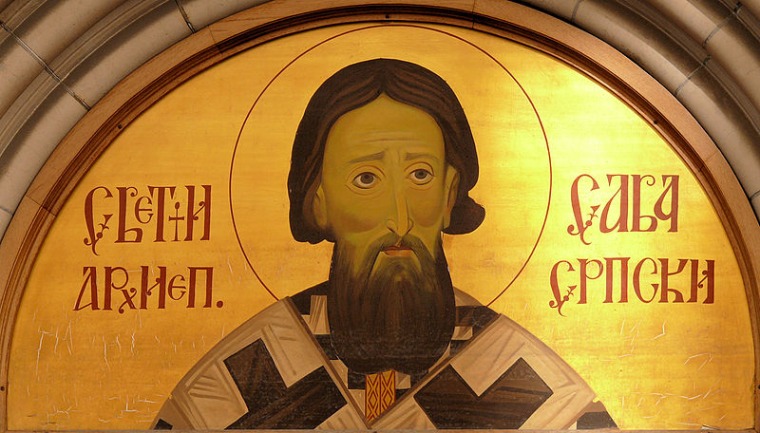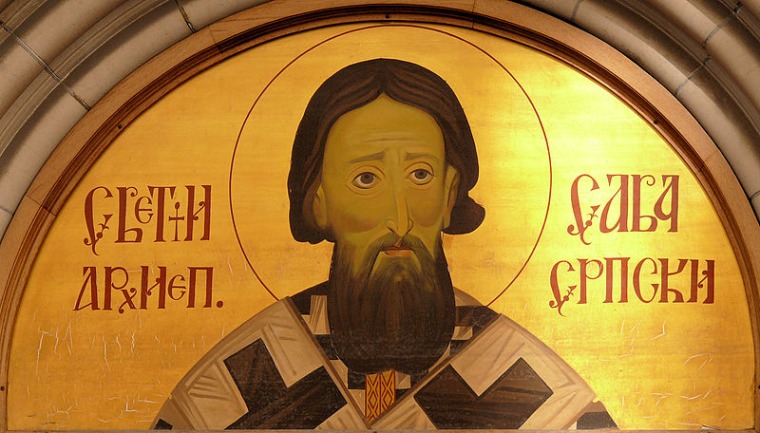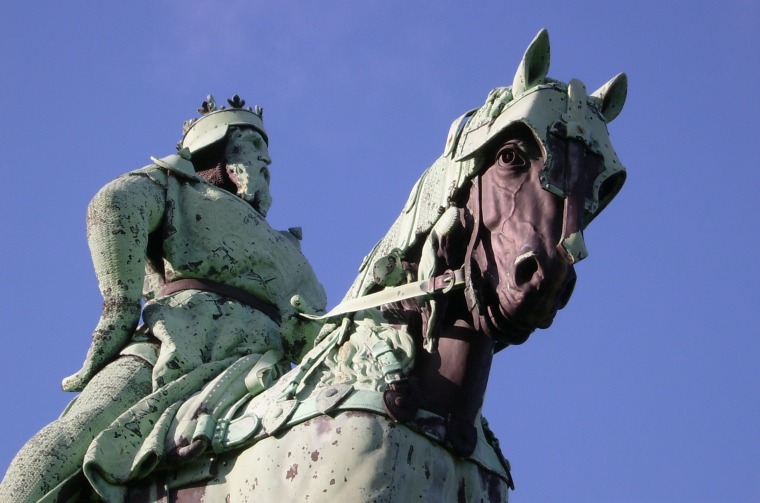King Milan Obrenović’s lost collection of exceptional value included masterpieces of great Serbian painters and a collection of Impressionists.
After the assassination of King Aleksandar and Queen Draga Obrenović in May 1903, the Obrenović dynasty disappeared from the political scene in Serbia. In the months to come, numerous paintings and other art works from the collection of King Milan Obrenović, the first Serbian king of the new century, a great collector and late King Aleksandar’s father, were destroyed, stolen or simply disappeared.
Some of these priceless pieces are still considered to be lost, while from time to time a few emerge from oblivion as properties of wealthy art collectors around the world.
King Milan collected works of all European artists active at that time and treasured them in his palace in Belgrade, today the building of the Assembly of Belgrade, better known as “Stari dvor” (Old Palace).
 The Palace is symbolically located in Kralja Milana Street (King Milan’s Street). Milan Obrenović was probably the only European monarch who was interested in Impressionism.
The Palace is symbolically located in Kralja Milana Street (King Milan’s Street). Milan Obrenović was probably the only European monarch who was interested in Impressionism.
The art movement that would become a matter of prestige and dominance in the last decades of the 19th century, had a passionate collector during the 70-ties of the 19th century. And not just any collector, a king.
King Milan Obrenović had an enviable collection of Impressionists’ works. He also spent time in Paris with these “rejected painters” and shared their ideas and values. According to a story, the Serbian King would rush into the house of the famous French painter, Toulouse-Lautrec, in the middle of the night only to buy a painting from him.
After the overthrow of the Obrenović family, this vast collection was lost never to be found again. Since there are no data on how many art-works the collection included, today we can only speculate on its exact value.
However, there is still hope that the collection will be discovered. King Milan’s collection also included the works of the most famous Serbian painters.
Just recently the portrait of Queen Natalija Obrenović by the famous Uroš Predić was discovered after 100 years of being lost. King Milan had 2 or 3 Predić’s paintings, and we can only speculate on the faith of the Queen’s portrait and its odyssey from the Palace to the auction house in Vienna.
The same way a portrait of Milan Obrenović – the work of Djordje Krstić, the king’s protégé and one of the most famous Serbian realists, was discovered in a village near Niš. During World War I, the painting was cut and heavily damaged by the Bulgarian soldiers, but the restoration of this unique spatial portrait of the Serbian painting has recently been managed.
The information that Philip Ferrari de La Renotière – the most famous philatelist and numismatist of all times and later a great friend of King Milan – visited the Serbian king in Belgrade. This should prove that King Milan was truly a great art lover and collector.
On that occasion, King Milan decided to give a unique gift to his friend – a post stamp printed with Ferrari de La Renotière’s portrait. The stamp was unique as his head was reversed i.e. upside-down on one side of the stamp. This gift for Ferrari has remained the most expensive Serbian stamp to date – its value is estimated to 80,000 Swiss francs.
During Milan Obrenović’s reign, Serbia got its independence at the 1878 Congress of Berlin and became a modern European state – railway was built, National Bank and Serbian Royal Academy were established, army was reorganized…
Art also went through major changes – Western art influences started reaching Serbia, and Serbian painters were included into world trends. The king himself was a patron to many young artists who were sent to schools in Paris and Vienna.

